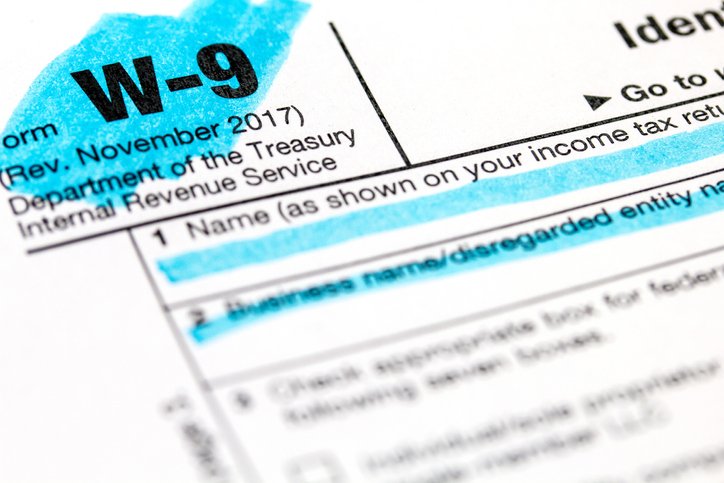In the realm of business operations and financial compliance, collecting W-9 forms is a critical task that should be approached with diligence and strategic planning. The IRS Form W-9, "Request for Taxpayer Identification Number and Certification," is a fundamental document for accurately reporting payments made to freelancers, independent contractors, and other non-employees. It is the cornerstone for maintaining compliance with tax laws and avoiding potential penalties. Here are best practices in collecting W-9 forms, emphasizing the strategic timing of collection to ensure compliance and streamline operations.
The Strategic Timing of W-9 Collection
One of the most effective strategies in collecting W-9 forms is to request them before making any payments to vendors required to provide one. This timing is not just about operational convenience; it's about leveraging your position. Before a payment is processed, both parties are keen to ensure the transaction's smooth progression. The vendor is motivated to comply with the request to facilitate their payment. This period represents the optimal moment to request and receive the W-9 form, ensuring you have the necessary information to comply with IRS reporting requirements.
Why Collect W-9 Forms Early?
Compliance Assurance: Early collection of the W-9 form ensures that you have all necessary taxpayer information upfront, reducing the risk of non-compliance with IRS reporting requirements.
Operational Efficiency: Collecting W-9 forms before issuing payments eliminates last-minute scrambles to obtain necessary documentation, streamlining your financial operations.
Leverage: Prior to payment, you have leverage to ensure compliance from your vendors, as the incentive for them to provide the requested information is high.
Best Practices for Collecting W-9 Forms
Establish a Standard Procedure: Implement a standardized process for collecting W-9 forms from all vendors and independent contractors before initiating any payments. This process should be a part of your vendor onboarding protocol.
Communicate Clearly and Early: Inform new vendors of your requirement to receive a completed W-9 form before any payments can be processed. Clear communication can prevent misunderstandings and delays.
Utilize Secure Transmission Methods: When collecting W-9 forms, ensure the use of secure methods to protect sensitive information. Encourage the use of encrypted email or a secure portal for the submission of these forms.
Keep Records Up to Date: Maintain an organized system for storing W-9 forms and related documentation. Regularly review and update your records to ensure they reflect current information.
Educate Your Team: Ensure that all relevant team members understand the importance of the W-9 form and are trained in your collection process. This includes recognizing when a W-9 form is necessary and how to securely handle the information it contains.
Follow Up Promptly: If a vendor has not provided a W-9 form in a timely manner, follow up promptly. Reminder communications should be professional, courteous, and clear about the importance of submitting the form for compliance reasons.
Resources for You
You may obtain IRS’s W-9 form here:
www.irs.gov/FormW9
Questions?
Adopting a proactive and organized approach to W-9 collection can save time, prevent compliance issues, and foster smoother vendor relationships. Remember, in the world of financial operations, preparation and strategy are key to success. Contact TrueBlaze Advisors for help with this process.

